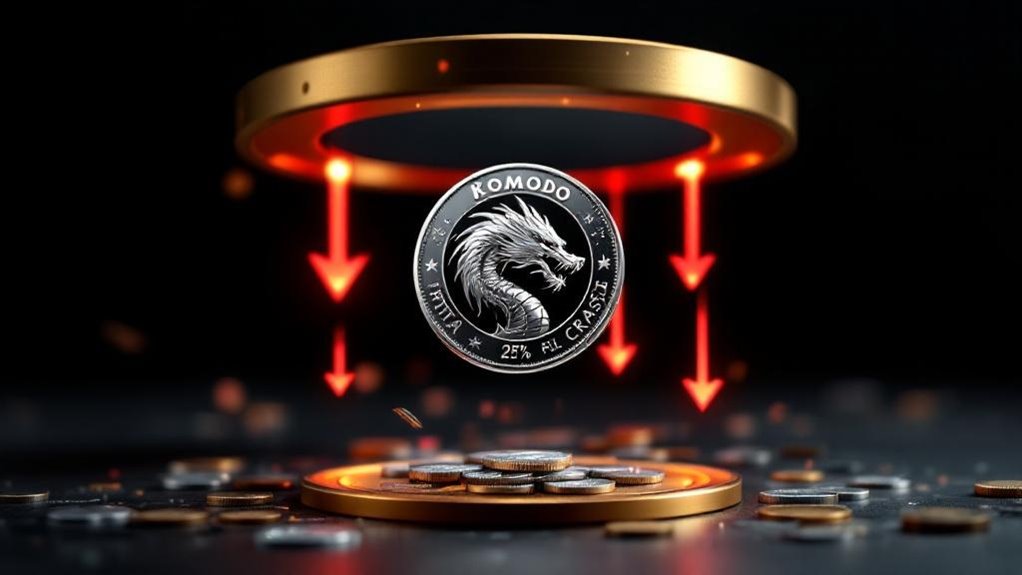MemeCoinCook.com serves up spicy crypto memes and info for entertainment only—this ain’t financial, investment, legal, or professional advice! Whipped up with AI flair, our content might have some half-baked bits, so DYOR before you dive into the crypto pot. NFA, folks—we’re just tossing out ideas, not guarantees. We make no claims about the accuracy, legality, or tastiness of our posts. Sip our content at your own risk! Check our Terms of Use for the full recipe.

Solana’s Fiery Streak Against Ethereum Fizzles Out as XRP’s Rally Hits a Ceiling
While Solana once looked like the Ethereum killer everyone was talking about, the tides have turned in crypto’s ongoing rivalry. The performance gap between these two blockchain giants continues to widen, with Ethereum maintaining its dominant position despite Solana’s impressive technical capabilities. As a smart contract platform, Ethereum has established itself as the foundation for decentralized applications while Solana struggles to capture similar market share.
Ethereum’s market cap towers over Solana’s by several multiples, reflecting institutional investors‘ preference for the more established network. Price projections tell a similar story: analysts expect Ethereum to reach $6,000-$7,000 by late 2025, while Solana targets a more modest $275-$500 range. Even with political tailwinds and technical innovations, Solana’s ceiling appears capped at $750.
Ethereum’s institutional dominance dwarfs Solana’s potential despite technical innovations
The technical differences remain stark. Solana processes thousands of transactions per second compared to Ethereum’s sub-100 TPS. Transaction fees showcase an even bigger gap – Solana charges about two cents per transaction while Ethereum users often face hefty and unpredictable costs. Yet these advantages haven’t translated into market dominance.
Think of it like comparing a sports car to a luxury sedan. Solana’s the zippy sports car with incredible speed and low operating costs. Ethereum’s the reliable luxury sedan – maybe not as fast, but trusted by institutions and equipped with a mature ecosystem of applications. The sedan wins the sales race. Ethereum hosts nearly 5,000 dApps and over 290 million active addresses, dwarfing Solana’s ecosystem despite the latter’s technical advantages.
Ethereum’s strengths lie in its battle-tested security, deep liquidity pools, and established infrastructure. Thousands of developers already build on Ethereum, creating a network effect that’s hard to overcome. While Solana attracts DeFi and NFT projects seeking speed and affordability, Ethereum remains the go-to choice for enterprise-grade applications.
Solana’s weaknesses have also surfaced. The network has experienced occasional outages, and validators need expensive hardware to participate. Ethereum’s layer-2 solutions are addressing its scalability issues, narrowing the performance gap that once gave Solana its edge. Despite promising upgrades like Firedancer potentially boosting Solana’s speed to 1 million transactions per second, the network still struggles with the perception of being more centralized than Ethereum.
The consensus among analysts? Ethereum will likely outperform in conservative market scenarios, while Solana might shine during risk-on rallies. For now, the “Ethereum killer” narrative has fizzled out. Solana remains a strong project with unique innovations, but dethroning the king requires more than just superior specs.
This isn’t financial advice—trade at your own risk.



